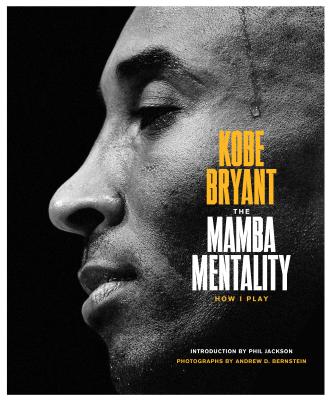Few, if any, environments are free of human intervention. Often this generates ecosystems which are rich in biodiversity, historical interest, recreational opportunity and scenic beauty just as worthy of conservation as the more natural ecosystems on which protection programmes have been almost exclusively focussed.These ''cultural landscapes'', ranging from the farm and forest lands of Europe and Eastern North America, through to the pasture lands and savannas of the Middle East and Africa to the paddylands of the Pacific Rim, are usually the product of relatively low-level, sustainable exploitation of the environment over long periods of time. Many have survived for centuries, if not millennia, but now urban expansion, depopulation of rural areas and, most damagingly, the intensification of agricultural and sylvicultural practices, are everywhere leading to a loss of their cherished biodiversity and amenity. Whilst past changes have mostly added to the valued characteristics of these landscapes, modern farming and forestry are creating sterile monocultures on the better land whilst marginal lands are being abandoned.This book documents these changes, illustrates them through detailed case studies of a representative selection of threatened landscapes, analyses their underlying causes and explores ways by which they can continue to be maintained, or new landscapes created which maintain their desired characteristics.
From the Preface
Surgical tissue adhesives are an ancient idea, going back to the beginnings of recorded history. The concept of adhering, rather than suturing, packing, or stapling planes of tissue is attractive, in that it is fast-acting and assures complete closure. Numerous technologies have been tried; some with limited success, others outright failures. In short, the perfect adhesive does not exist. Limitations occur in a number of areas: strength, toxicity, degradation, and safety. It is also important to keep in mind that "one size fits all" does not apply to adhesives in surgical applications any more than it does in day-to-day application. As one would not use paper glue to seal a bathtub, one would presumably not apply an adhesive onto tendons, which is suitable for sealing corneas. The properties required of an adhesive for each indication are quite different.
Over the last twenty-five years, advances have been made in a wide range of technologies targeting some embodiment of a practical and safe adhesive. Foremost and successful among these are cyanoacrylates, marine adhesive proteins, and fibrin-based sealants. Another promising adhesive technology is laser solders, a mixture of polypeptides and proteoglycans, which integrates with the repair site when laser energy is applied.
In light of these advances in the field, the Symposium for Surgical Tissue Adhesives was organized and held at the Atlanta Hyatt from October 8-10, 1993. The goal was to bring together these far-flung technologies in a comprehensive and cohesive manner. Presentations by investigators from around the world described the history of adhesives in medicine, current technologies, laboratory characterizations, and application developments, as well as regulatory aspects and clinical applications. We felt that as many viewpoints as possible, however conflicting, were important to present in order to give the most complete picture of the state of the art of surgical
Get Surgical Adhesives & Sealants by at the best price and quality guranteed only at Werezi Africa largest book ecommerce store. The book was published by Taylor & Francis Ltd and it has pages. Enjoy Shopping Best Offers & Deals on books Online from Werezi - Receive at your doorstep - Fast Delivery - Secure mode of Payment
 Jacket, Women
Jacket, Women
 Woolend Jacket
Woolend Jacket
 Western denim
Western denim
 Mini Dresss
Mini Dresss
 Jacket, Women
Jacket, Women
 Woolend Jacket
Woolend Jacket
 Western denim
Western denim
 Mini Dresss
Mini Dresss
 Jacket, Women
Jacket, Women
 Woolend Jacket
Woolend Jacket
 Western denim
Western denim
 Mini Dresss
Mini Dresss
 Jacket, Women
Jacket, Women
 Woolend Jacket
Woolend Jacket
 Western denim
Western denim
 Mini Dresss
Mini Dresss
 Jacket, Women
Jacket, Women
 Woolend Jacket
Woolend Jacket
 Western denim
Western denim
 Mini Dresss
Mini Dresss




